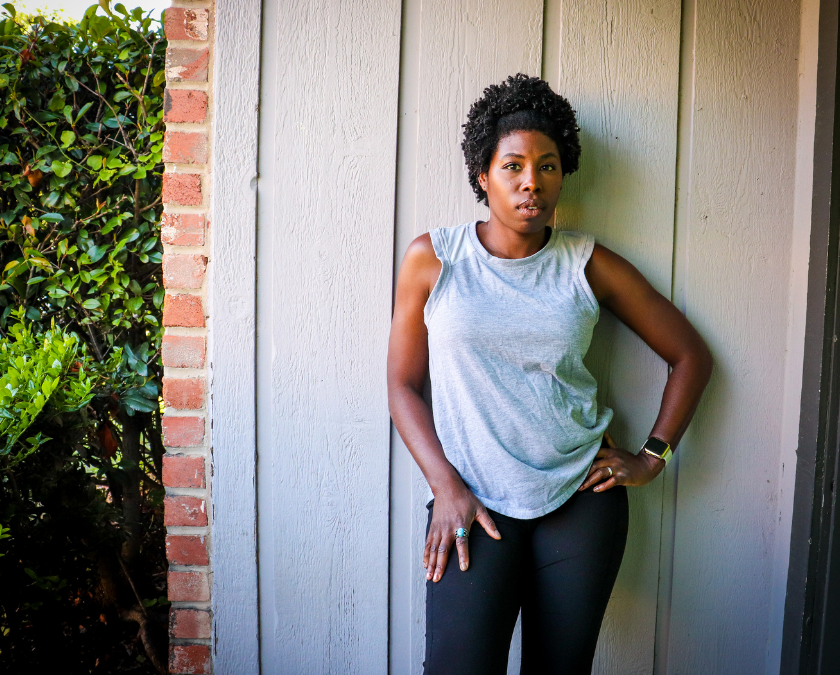What is a well-woman exam? No doubt you’re typing this exact question in your Google search bar. And chances are your current family physician or parent has told you it’s time for your first one. While you feel unease and confusion about what to expect. I’ve been there before and had similar questions and anxieties too. I didn’t know what a well-woman exam was and that made me even more nervous. That’s why right now, I’m going to explain what it is, why it’s done, and what to expect.
Page Contents
What’s A Well Woman Exam?
Just as its name implies, a well-woman exam is an exam to determine your overall health. Specifically, your reproductive and menstrual health. Furthermore, it helps detect reproductive disorders, gynecological conditions, and gynecological cancers in earlier stages. This is crucial for those that are at a high risk of developing these conditions.
Additionally, a well-woman exam provides screening for sexually transmitted infections such as gonorrhea, trichomoniasis, chlamydia, and genital herpes. You can also have a blood test done to check for HIV and syphilis if you choose. In addition to screening for STIs, you can also discuss birth control options.
What to Expect During Your Well Woman Exam
The primary focus in a well-woman exam is the pelvic examination. The pelvic exam is what determines your reproductive and gynecological health. Also, if you’re experiencing any abnormal symptoms, this can help your doctor detect the cause. Additionally, your doctor will also administer a breast exam.
After your initial intake, a nurse or medical assistant will take you back to the exam room. Usually, they will gather basic health information such as your height, weight, blood pressure, temperature, date of your last period, and how long. Additionally, they may also ask for a urine sample to test for pregnancy.

Next, you’ll be taken into the exam room and instructed to change into a medical gown that opens in the front. This assists with the breast exam by providing easier access. The nurse will step out and allow you to change. Afterward, you’ll wait for the doctor.
Once the doctor enters, they’ll introduce themself and want to know more about the reason for your visit. It’s at this time you will share with them you’re there for your first well-woman exam. You’ll also want to discuss any symptoms you’re experiencing. Such as abnormal vaginal bleeding, irregular periods, changes in cervical fluid, pelvic cramping, or painful periods impacting your daily life.
Additionally, if you have a family or personal history of a reproductive disorder (endometriosis, PCOS, fibroids, ovarian cysts), gynecological cancer (cervical, ovarian, or endometrial), or breast cancer, let them know. You may also want to discuss what proper screening options are most appropriate.
They should go over all these things with you, fully answer your questions, recommend proper testing, or provide solutions for common issues. However, if you feel the doctor isn’t taking your symptoms or concerns seriously. Don’t be afraid to seek a second opinion and have your issues addressed.
The Pelvic Examination
After talking with the doctor about symptoms, and medical history, it’s time for the pelvic exam. As mentioned before, it’s broken up into three parts. The first part involves your doctor performing an external vaginal examination. In doing so, the doctor can detect any abnormalities such as swelling or redness. Afterward, the doctor will perform the internal examination known as the pap smear.

Lastly, they will perform a breast exam. However, before they begin the examination, the nurse or medical assistant will remain in the room. Since pelvic examinations are intimate procedures, this is considered proper protocol. Regardless of their gender, this ensures that they maintain professional conduct and make you feel comfortable. It also helps to protect them if their actions or comments are misunderstood by the patient. The nurse or medical assistant can help to provide clarification if necessary.
The External Examination
Your doctor begins the exam by observing the outer vagina. The parts of your outer vagina in which your doctor will examine is the vaginal opening (vulva), outer vaginal lips (labia majora), and inner vaginal lips (labia minora). They are looking for swelling, redness, visible signs of abnormal discharge, or obvious signs of irritation. If there are any concerns, they may ask questions so they can better understand the possible cause.
The Pap Smear
Following the external exam is the internal exam known as the Pap smear; during this part of the pelvic examination that the doctor will use a special instrument known as a speculum to open the vagina and obtain a visual of your cervix. Additionally, this allows them to obtain cervical cells, which they will later test for any abnormalities.
If you requested to receive STI testing, they would also take a fluid sample around the cervix. For HIV, Hepatitis B, and syphilis, they will require a blood sample. The pap smear can be uncomfortable but let your doctor know in advance it’s your first time, and they will be able to talk you through the process step by step. Which will help you have a more comfortable experience.

The Bimanual Exam
The next to last part of the well-woman exam is the bimanual pelvic exam. Your doctor will perform this exam to check the size and location of the uterus and ovaries. They use lubrication to insert two gloved fingers into the vagina. Simultaneously they press the palm of their hand into your abdomen. It’s normal to experience pressure during this examination. However, if you feel any pain, let the doctor know right away.
The Breast Exam
This is the last part of the well-woman exam. During this examination, you will lie on the exam table with your hands resting behind your head. Using their hand, the doctor will press the pads of their fingers into your breasts and underarm area. They are checking to see if you have lumps or abnormalities in your breast. Additionally, they will gently press around your nipple for signs of unusual discharge.
When The Well-Woman Exam Is Complete
When your examination is over, the doctor may go over a few things with you. Once, finished you’ll be left to get dressed, and a nurse will escort you back to the front desk when you’re ready. On the other hand, if blood testing is required, they may perform the blood test on-site. Or, they’ll provide you with a form to take to an outside lab. Furthermore, if they recommended imaging tests such as an ultrasound, CT scan, or MRI, you’ll get a form and directions on where to go to have these tests performed.

How Often Is A Well Woman Exam Recommended?
There really isn’t any concrete information regarding how often you should have a well-woman exam. Doctors have differing opinions regarding this. Some may recommend every three years. Still, some suggest every four years.
But my unprofessional advice is to consider having one yearly. Definitely consider a yearly exam if you’re on the birth control pill. Also, consider yearly exams if you have a family history of reproductive disorders such as endometriosis, adenomyosis, PCOS, or fibroids. Or if there’s a history of gynecological or breast cancer.
On the other hand, if you have a personal history of these conditions, you may consider going every six months to properly manage and monitor your condition. Before any decisions are made, you should discuss these things with your doctor. And determine what you’re comfortable with and would prefer.
I hope this provides you a general idea of what to expect during your first well-woman exam. In the next part of this series, I’ll talk more about the pap smear and what you should do to prepare for it. Make sure you subscribe to the blog to not miss out on any of the posts from this series.
References






